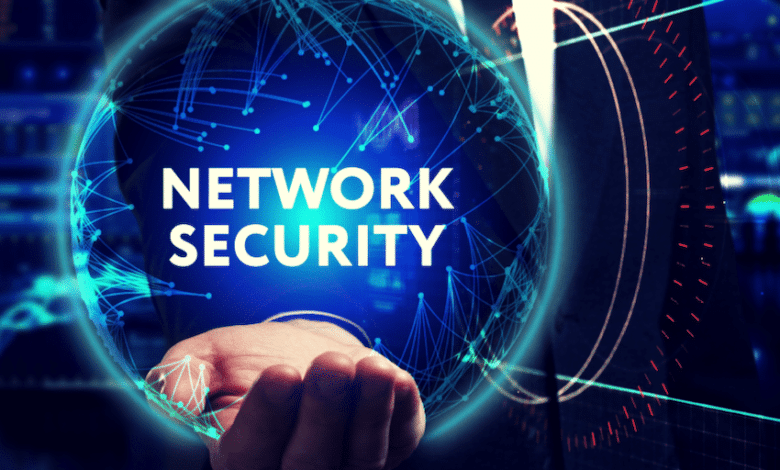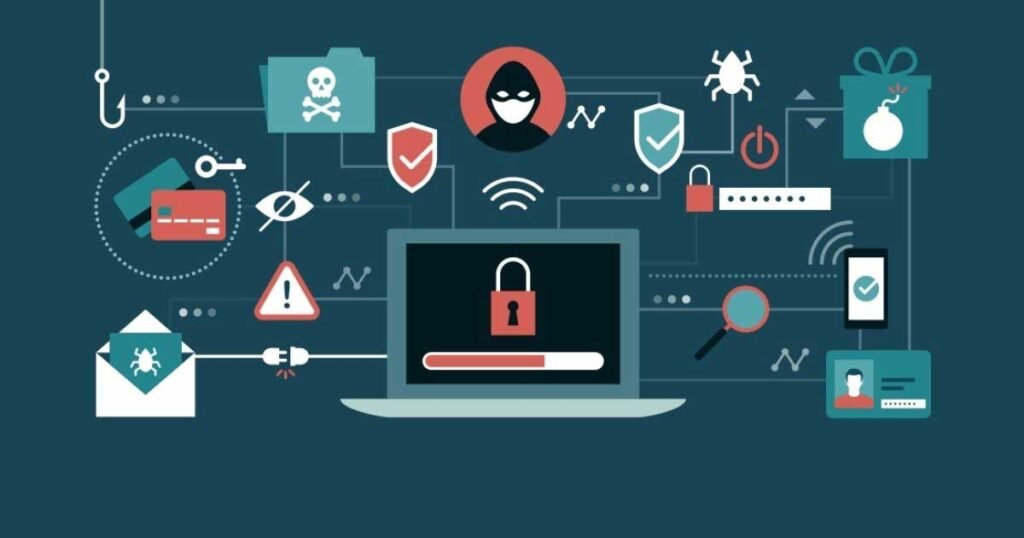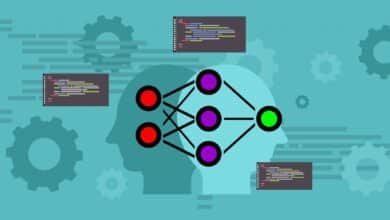
In an increasingly interconnected world, cybersafety has become a paramount concern for individuals, businesses, and governments alike. As we embrace digital transformation, the need to safeguard our digital assets, personal information, and online activities has never been more critical. This article delves into the various aspects of cyber safety, providing comprehensive insights and practical tips to help you navigate the digital landscape securely.
What is Cybersafety?

Cybersafety refers to the practice of protecting internet-connected systems, including hardware, software, and data, from cyberattacks. It involves measures and protocols designed to prevent unauthorized access, data breaches, identity theft, and other forms of cybercrime. Ensuring cyber safety is essential for maintaining the integrity, confidentiality, and availability of digital information.
The Importance of Cybersafety
In today’s digital age, almost every aspect of our lives is intertwined with the internet. From online banking and shopping to social media and remote work, our dependence on digital platforms is undeniable. This dependence makes us vulnerable to cyber threats that can have severe consequences, including financial loss, reputational damage, and even legal repercussions. Therefore, prioritizing cyber safety is crucial for:
Protecting Personal Information: Safeguarding sensitive data such as social security numbers, credit card details, and passwords from cybercriminals.
Ensuring Business Continuity: Preventing disruptions caused by cyberattacks that can cripple business operations.
Maintaining Privacy: Protecting personal and organizational privacy from intrusive cyber surveillance.
Complying with Regulations: Adhering to legal and regulatory requirements related to data protection and cybersecurity.
Common Cyber Threats

Phishing Attacks
Phishing is a deceptive practice where cybercriminals trick individuals into revealing sensitive information by posing as trustworthy entities. These attacks are often carried out through email, social media, or fraudulent websites. To defend against phishing:
Be Cautious with Emails: Avoid clicking on links or downloading attachments from unknown senders.
Verify Sources: Confirm the legitimacy of the sender by checking email addresses and looking for signs of spoofing.
Use Multi-Factor Authentication (MFA): Enhance security by requiring additional verification methods beyond just passwords.
Malware
Malware, short for malicious software, includes viruses, worms, ransomware, and spyware designed to infiltrate and damage systems. It can steal data, disrupt operations, and demand ransoms. Prevent malware infections by:
Installing Antivirus Software: Use reputable antivirus programs and keep them updated.
Regular Software Updates: Ensure all software, including operating systems and applications, is regularly updated to patch vulnerabilities.
Avoid Suspicious Downloads: Do not download software or files from untrusted sources.
Ransomware
Ransomware is a type of malware that encrypts a victim’s data and demands a ransom to restore access. These attacks can be devastating for both individuals and organizations. To protect against ransomware:
Back-Up Data Regularly: Maintain up-to-date backups to restore data without paying ransoms.
Educate Employees: Train staff to recognize and avoid ransomware threats.
Implement Strong Security Measures: Use firewalls, intrusion detection systems, and email filters to block ransomware.
Social Engineering
Social engineering is the practice of tricking people into disclosing private information by playing on their psychology. Common tactics include pretexting, baiting, and tailgating. To counter social engineering:
Awareness Training: Educate employees about social engineering tactics and how to recognize them.
Strict Access Controls: Implement policies that limit access to sensitive information.
Verification Protocols: Verify the identity of individuals requesting sensitive information through secondary channels.
Best Practices for Cybersafety

Cybersafety Strong Password Management
Weak passwords are easily compromised. Improve password security by:
Creating Complex Passwords: Use a mix of letters, numbers, and special characters.
Avoiding Reuse: Do not use the same password across multiple accounts.
Using Password Managers: Employ password managers to generate and store complex passwords securely.
Regular Software Updates
Keeping software up to date is critical for patching security vulnerabilities. Ensure that:
Automatic Updates: Turn on the operating system and application updates automatically.
Timely Patching: Apply security patches as soon as they are released by vendors.
Cybersafety Network Security
Securing your network is essential to prevent unauthorized access and cyberattacks. Implement the following measures:
Firewalls: Firewalls are used to keep an eye on and manage both inbound and outbound network traffic.
Secure Wi-Fi: Use strong encryption (WPA3) for wireless networks and change default router passwords.
VPNs: Utilize Virtual Private Networks (VPNs) to encrypt internet connections and protect data from interception.
Data Encryption
Data that has been encrypted cannot be read without the decryption key, even if it is intercepted. Employ data encryption for:
Sensitive Information: Encrypt sensitive data stored on devices and transmitted over networks.
Email Communication: Use email encryption tools to secure sensitive messages.
Cybersafety User Education and Training
One major contributing cause to cybersecurity breaches is human mistakes. Regular training and awareness programs can mitigate this risk by:
Phishing Simulations: Conduct simulated phishing attacks to train employees to recognize and respond to threats.
Security Workshops: Organize workshops and seminars on the latest cybersecurity practices and threats.
Policy Reviews: Regularly review and update security policies and procedures.
The Future of Cybersafety

Artificial Intelligence and Machine Learning
AI and ML are revolutionizing cybersafety by enabling proactive threat detection and response. These technologies can analyze vast amounts of data to identify patterns and predict potential threats, allowing for faster and more effective mitigation.
Zero Trust Architecture
Zero Trust is a security model that assumes no implicit trust within a network and requires continuous verification of user identities and device health. Adopting a Zero Trust approach enhances security by:
Micro-Segmentation: Dividing the network into smaller segments to limit access and reduce the attack surface.
Continuous Monitoring: Regularly monitoring user activities and access requests for anomalies.
Adaptive Authentication: Adjusting authentication requirements based on user behavior and risk levels.
Quantum Cryptography
The advancement of quantum computing could make standard encryption techniques susceptible. Quantum cryptography offers enhanced security through quantum key distribution, ensuring that encryption keys cannot be intercepted without detection.
Conclusion
Cybersafety is a dynamic and evolving field that requires constant vigilance and adaptation to emerging threats. By understanding the importance of cyber safety and implementing robust security measures, individuals and organizations can protect their digital assets and maintain trust in the digital world.
Read more: Site Reliability Engineering





